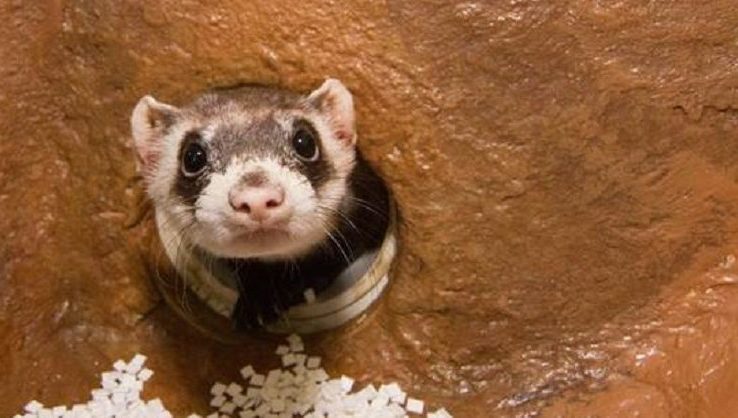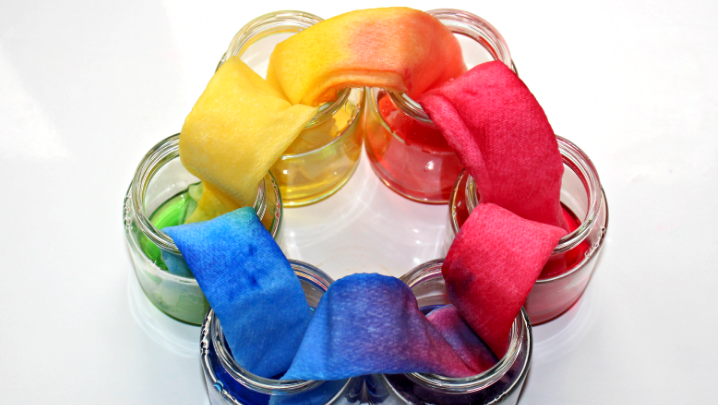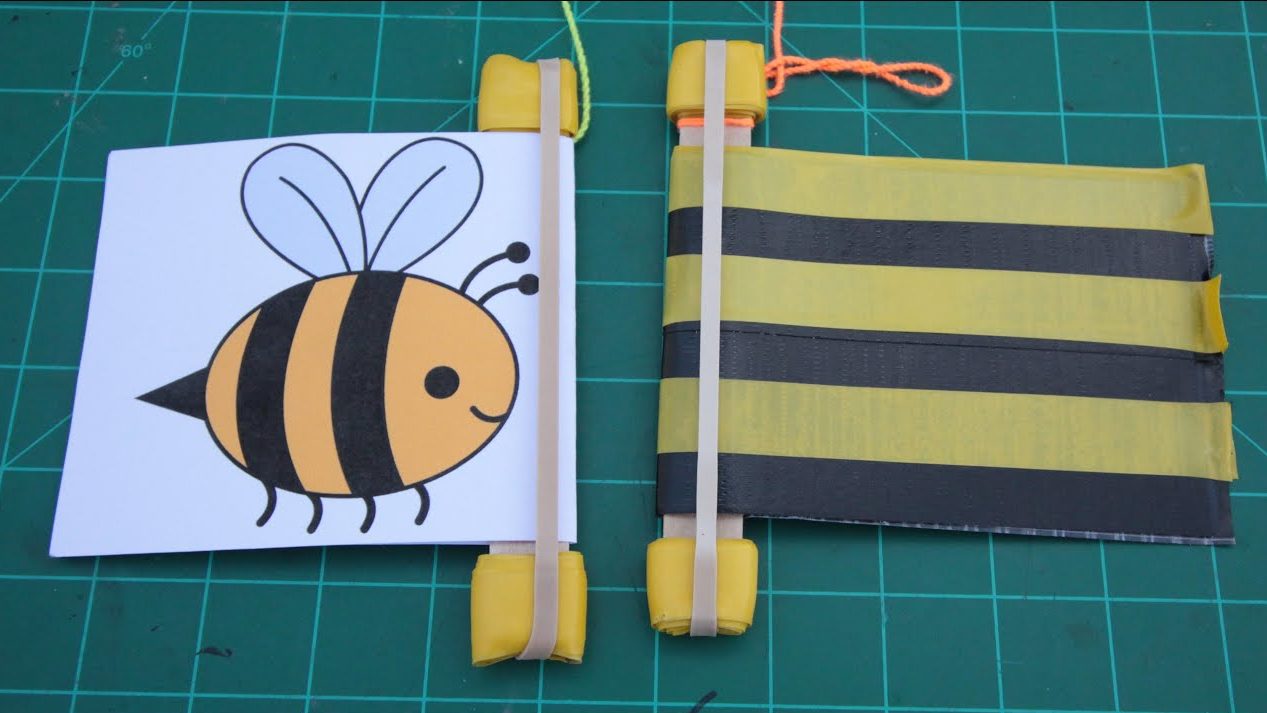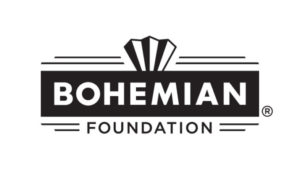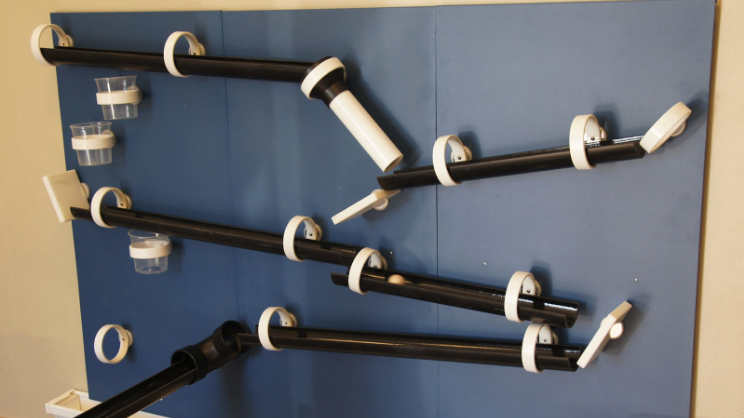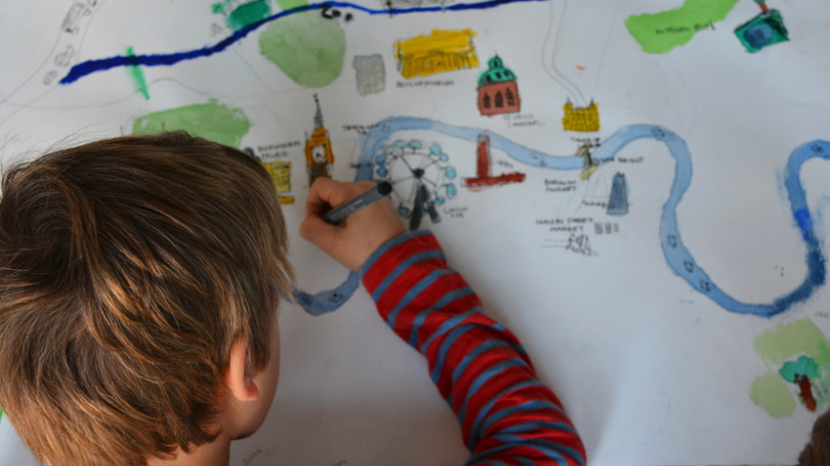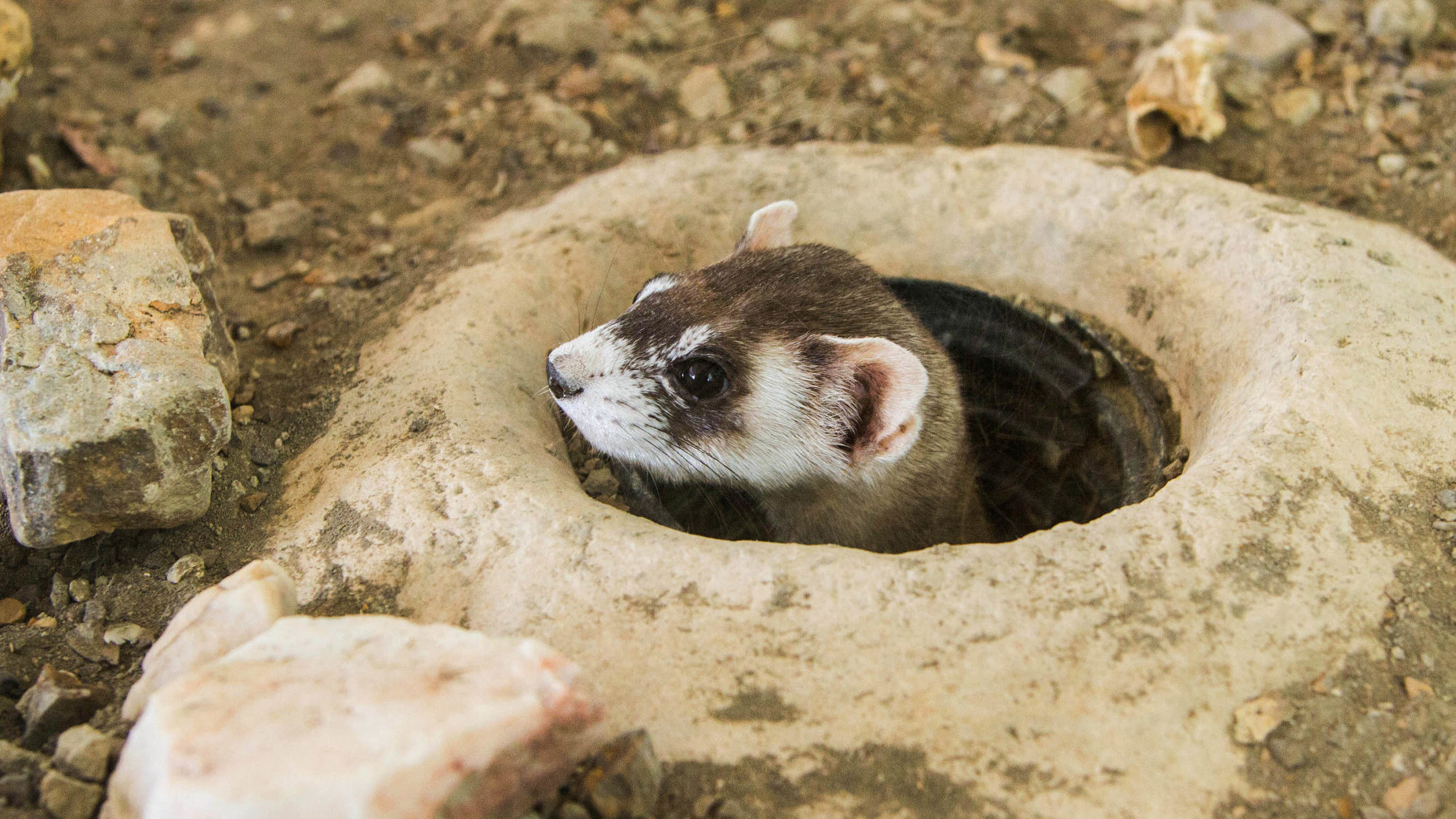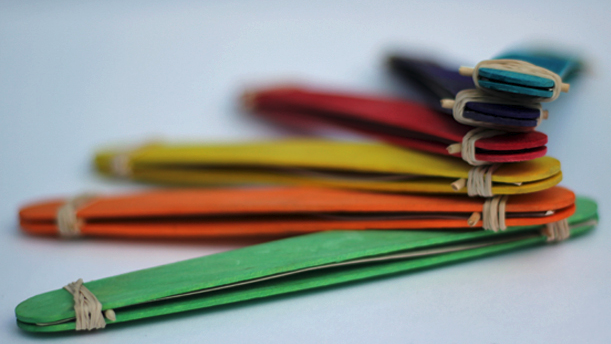Post written by Sierra Tamkun, Learning Experiences Manager.
Daily Discovery: Make Your Own Observation Journal
Scientists, engineers, naturalists, writers… they all need space to record their ideas, plans, experiments, and observations! Make your own observation journal to record all your at-home exploration!
Supplies:
- Paper (white or lined)
- Decorative/Construction Paper
- Staples or a hole punch
- String, yarn, or ribbon
- Glue
- Brightly colored tape or paper
- Markers, crayons, or colored pencils
Instructions:
- Plan out how many sections you want in your notebook, and how many pages you will need per section. Design the pages yourself, use the templates provided at the end of these instructions, or keep your pages blank for flexibility. Tip: You can always add more pages later if you need them!
a. Our four sections are: Experiments, Invent and Build, Explore Your World, and Stories. What sections do you need in your observation journal? - Line up your section pages with your cover paper. Cut along the edge until your cover paper is the same size. Tip: If you cover paper is the same size as your inside pages, you can skip this step.
- Place your cover paper on top of your other pages. Staple or hole punch the left side of your sheets to create a binding. If using a hole punch, tie the pages together with string, yarn, or ribbon.
- Use colorful tape, paper, or markers to create page tabs and label the different sections inside your journal.
- Now it’s time to label the front of your journal! Cut a rectangle out of the paper of your choice to glue to the front of your journal, and add a title.
- Start exploring, observing, and recording! Record your experiments, make notes about the world around you, record a family story, or design your own invention!
Want to download these directions? Click here for a handy PDF!
Follow along with our Daily Discovery! Click here for all activities that you can do at home.



